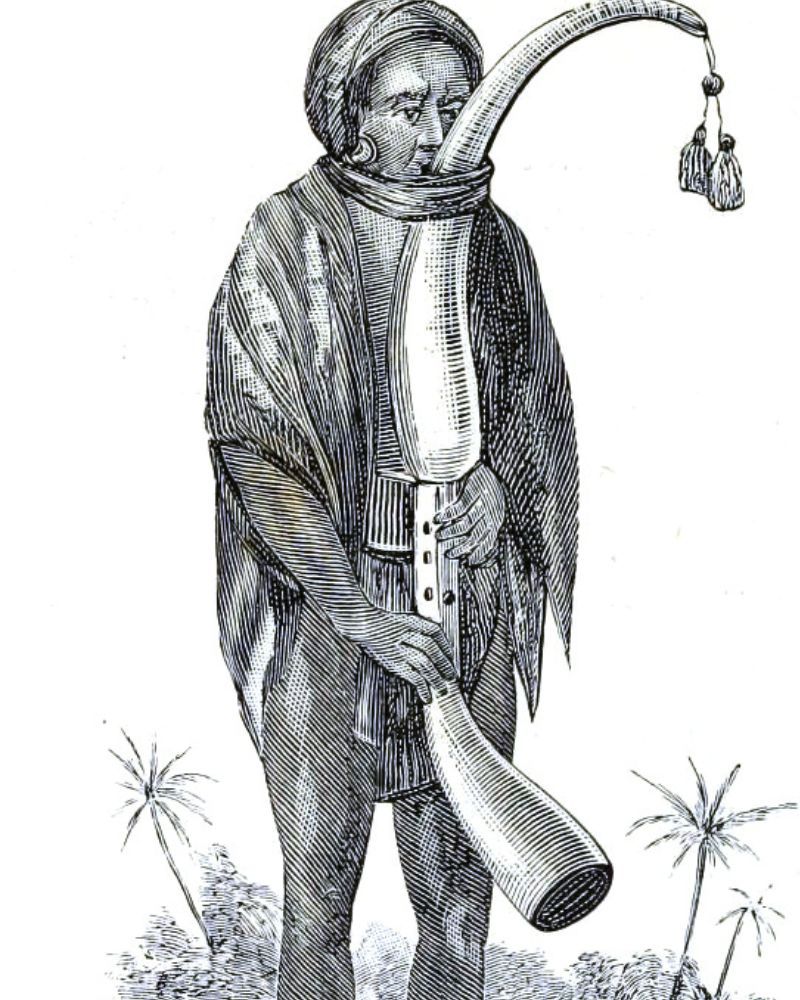Gond Art: The Vibrant Tribal Expression of Central India

Gond art, originating from the Gond tribal communities in Madhya Pradesh, Chhattisgarh, Maharashtra, Odisha, and Andhra Pradesh, is one of the most distinctive and dynamic tribal art forms in India. Characterized by intricate patterns, vibrant colors, and deep connections to nature and mythology, Gond art has evolved over centuries. It serves as a form of visual storytelling, depicting the tribe's rich cultural heritage, spiritual beliefs, and daily life, while also adapting to modern influences.
1. Origins and Historical Significance
The Gond tribe, one of the largest indigenous communities in India, has a deep-rooted history that is reflected in their artistic traditions. The word “Gond” is derived from the Dravidian term “Kond”, which means “green mountains,” emphasizing their connection to nature. For centuries, the Gond people used art as a means of communicating spiritual beliefs, preserving their history, and celebrating nature. Traditionally, Gond paintings were created to decorate mud walls of homes and were considered sacred, meant to bring good fortune and protect the community from evil spirits.
The art form primarily depicted animals, trees, deities, and other elements from nature, reflecting the Gonds’ strong relationship with their environment. However, it wasn’t until the 1980s, when Jangarh Singh Shyam, a Gond artist, began painting on paper and canvas, that the art form gained wider recognition. Jangarh’s pioneering efforts brought Gond art from the walls of tribal huts to national and international galleries, and it has since evolved into a vibrant form of contemporary folk art.
2. Unique Features of Gond Art
Gond art stands out for its unique artistic techniques and its use of vibrant, natural colors. The artwork is often filled with intricate details, which create a sense of movement and life. Some of the key features of this art form include:
Intricate Dots and Lines: One of the most defining features of Gond art is the use of dots and lines. The artists apply thousands of tiny dots to create texture and depth, often using the pointillist technique. These dots and lines are used to form complex, swirling patterns that seem to bring the subjects to life.
Bold and Vibrant Colors: Traditionally, artists used natural pigments derived from plants, minerals, and charcoal. These were mixed with water or animal fat to create vibrant colors that would be applied to the paintings. Today, modern Gond artists use acrylic and poster colors to enhance the vibrancy of their paintings.
Themes from Nature: Gond paintings are often centered on nature, with recurring motifs of animals, birds, trees, and other elements of the natural world. The animals are painted in abstract forms, with exaggerated shapes and patterns that make them appear both realistic and surreal. Birds, particularly peacocks, and elephants are commonly featured in the artwork, symbolizing power, beauty, and grace.
Symbolism and Spirituality: Many of the paintings are filled with symbolic meaning, reflecting the tribal community’s deep spiritual beliefs. The Gond people believe in animism, the idea that every object, animal, and tree has a spirit. As such, their art is often used to convey stories of creation, mythology, and the spiritual connection between humans and nature.
3. The Artistic Process and Tools
The process of creating Gond art requires tremendous patience and skill. Artists use a variety of tools, including fine brushes made from bamboo, to apply intricate designs with great precision. The technique of pointillism involves applying small dots of paint with a steady hand, layer by layer, creating a sense of depth and texture. Gond artists often work for long hours, carefully filling every inch of the canvas with patterns and details, making each painting a labor-intensive and time-consuming process.
The composition of a Gond painting is also highly distinctive, with animals and other subjects being rendered in abstract forms that seem to flow across the canvas. The use of repetition—with certain shapes or motifs appearing again and again—adds to the hypnotic quality of the artwork.
4. Impact on Livelihoods and Economy
Gond art has brought significant economic opportunities to the tribal communities of Central India. As the art form gained wider recognition, it provided an avenue for sustainable livelihoods for many artists. Traditionally, the Gond people relied on agriculture and forest produce for their livelihood, but the increasing demand for Gond art in art exhibitions, galleries, and commercial markets has opened up new avenues for economic growth.
Many Gond artists now earn their living by creating artworks for local and international collectors, as well as by participating in workshops and cultural exhibitions. The Indian government and several NGOs have also supported the promotion of Gond art, helping artists gain financial stability and recognition on the global stage.
5. Challenges and Preservation Efforts
Despite its growth, Gond art faces several challenges. Market exploitation remains a major issue, as middlemen often buy artworks at low prices and sell them for higher profits. Additionally, the growing influence of digital art and the commercialization of folk art has led to concerns about the authenticity of some works. There is also the difficulty of passing on the traditional techniques to younger generations, as many young people are more attracted to modern careers.
To address these issues, efforts have been made to ensure fair trade and artist protection, ensuring that Gond artists receive fair compensation for their work. Workshops, training programs, and collaborations with modern designers have also helped to revitalize the art while ensuring its cultural integrity.
Gond art is a vivid and dynamic expression of tribal life in India. Its intricate patterns, vibrant colors, and strong connection to nature make it a powerful art form that reflects the spirituality and cultural heritage of the Gond community. As it continues to evolve and adapt to modern trends, Gond art remains an important part of India’s diverse artistic landscape, offering a unique perspective on tribal culture and nature’s beauty.